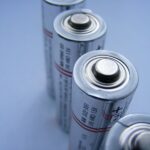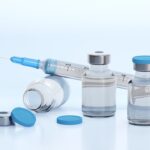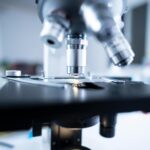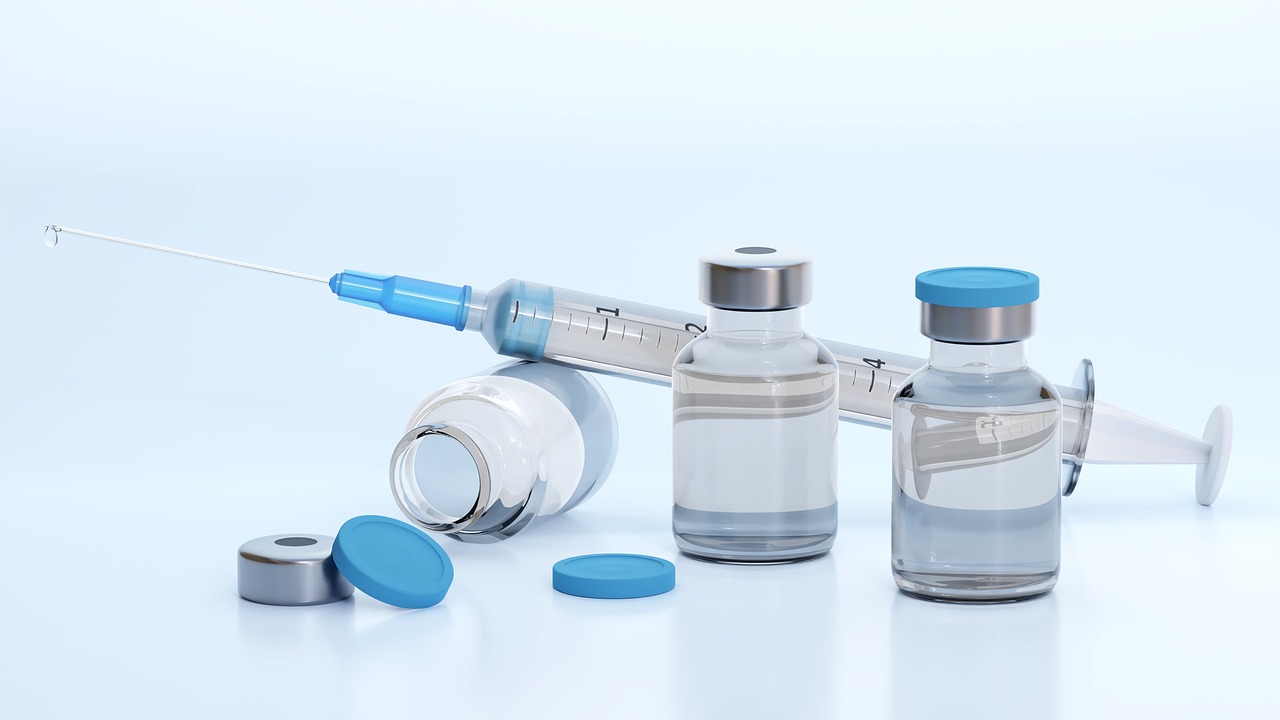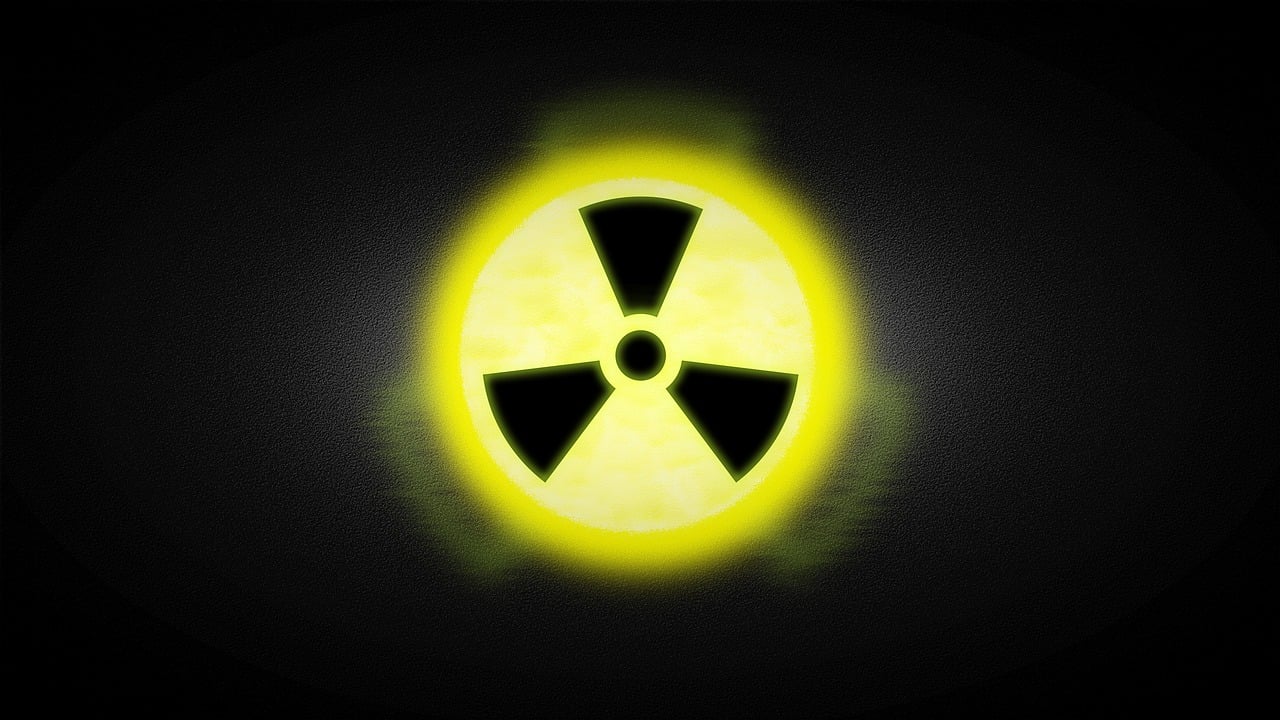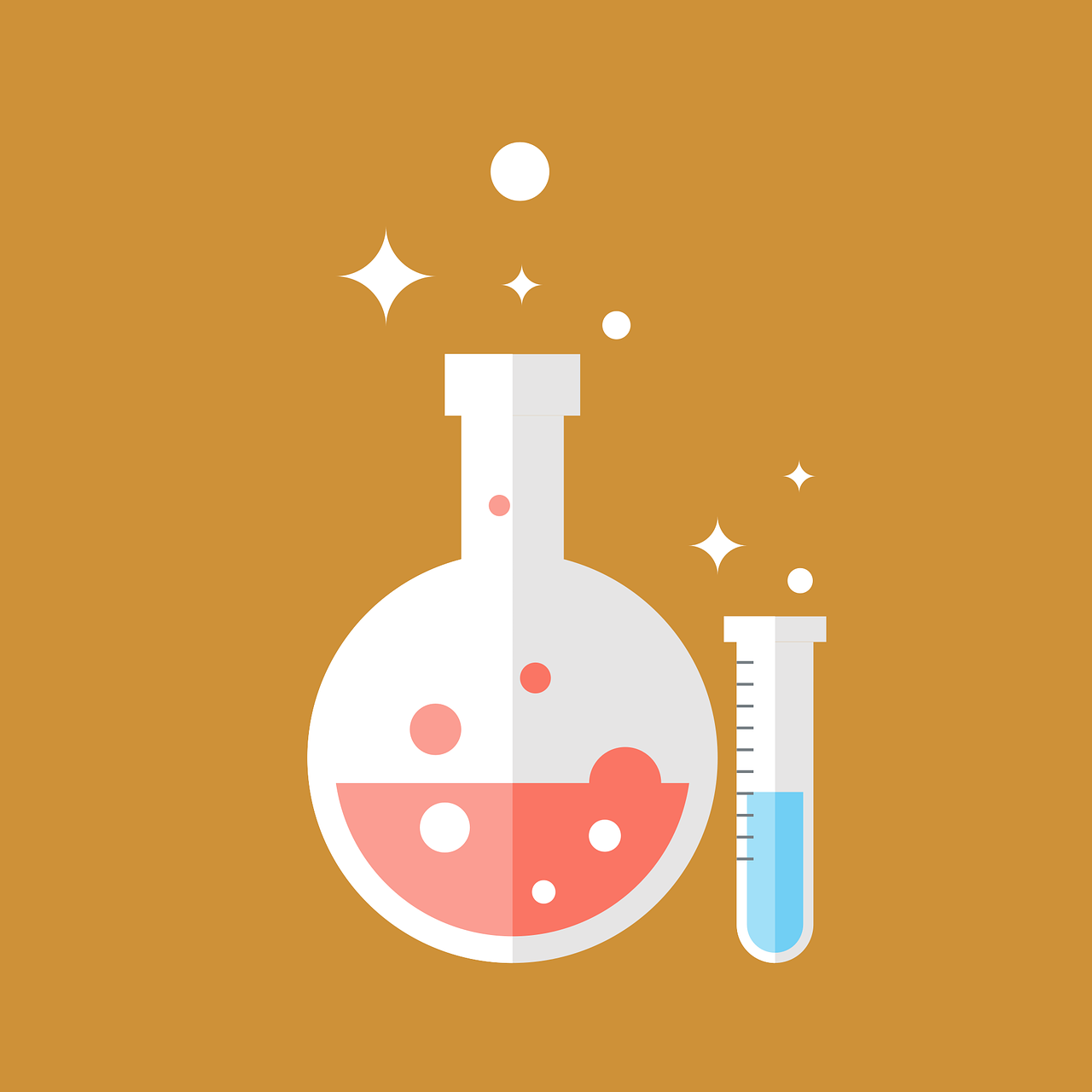The development of mRNA vaccines against COVID-19 was a scientific triumph that unfolded at a breathtaking pace, capturing the world’s attention. While the spotlight rightly fell on the stunning efficacy of these vaccines, a critical, unsung hero worked behind the scenes: their sophisticated delivery vehicle. The story of the mRNA vaccine is not just one of genetic code; it is a tale of formidable biological challenges and the elegant engineering that overcame them. This is the story of formulation—the intricate marriage of fragile messenger RNA (mRNA) with a microscopic protector, the Lipid Nanoparticle (LNP). Without this advanced delivery system, the mRNA blueprint would be useless, a message that could never be delivered. The formulation of these components represents a paradigm shift in vaccinology, turning a long-held theoretical promise into a world-altering reality.
This article will delve into the science behind formulating mRNA vaccines, exploring the profound challenges of delivering mRNA, the ingenious multi-component design of LNPs, the precise manufacturing process that brings them to life, and the vast future this technology promises beyond a global pandemic.
Part 1: The Formidable Challenge – The Fragility of mRNA
To appreciate the genius of LNPs, one must first understand the inherent vulnerabilities of the mRNA molecule. Messenger RNA is a transient carrier of genetic instructions. In the case of COVID-19 vaccines, it carries the code for the SARS-CoV-2 spike protein. Once inside a cell’s cytoplasm, the cellular machinery reads this code, temporarily producing the spike protein, which then serves as a wanted poster to train the immune system.
However, delivering this instruction manual intact into a human cell is a monumental task. Naked mRNA faces a gauntlet of dangers:
Instant Degradation: The environment inside and outside our bodies is replete with enzymes called RNases, whose sole purpose is to degrade RNA. These enzymes are remarkably stable and ubiquitous. An injection of naked mRNA would be destroyed within seconds, long before it could reach its cellular target.
Hostile Immune Recognition: Our innate immune system is hardwired to recognize foreign, unencapsulated genetic material as a sign of viral invasion. The introduction of free mRNA would trigger a powerful, non-specific inflammatory response, potentially causing significant side effects and rapidly clearing the vaccine before it could elicit a specific, protective adaptive immune response.
Cellular Barriers: The mRNA molecule is large and carries a strong negative electrical charge. The membrane of a human cell is also negatively charged. This creates a powerful electrostatic repulsion, making it physically impossible for mRNA to passively cross the cell membrane.
The Cellular “Stomach”: Even if a cell engulfs the mRNA through a process called endocytosis, the payload is not home-free. It becomes trapped inside a vesicle known as an endosome. This endosome matures into a lysosome—a acidic, enzyme-filled compartment that acts as the cell’s stomach, designed to digest foreign material. Without a means of escape, the mRNA would be rapidly destroyed in this acidic prison.
These four obstacles made the effective delivery of therapeutic mRNA a dream for decades. The solution required a shield, a key, and a stealth cloak all in one—a multifaceted system that could protect its cargo, sneak it past immune sentinels, and deliver it directly to the cellular machinery. This solution is the Lipid Nanoparticle.
Part 2: The Ingenious Solution – Deconstructing the Lipid Nanoparticle
A Lipid Nanoparticle is not a simple droplet of fat; it is a masterpiece of pharmaceutical engineering, a spherical vesicle roughly 1,000 times smaller than a red blood cell. Its structure is meticulously composed of four distinct lipid components, each playing a non-negotiable, synergistic role. The LNP is a purpose-built machine where every part has a job.
1. The Ionizable Cationic Lipid: The Master Key
This is the most critical and proprietary component of the LNP, the true hero of the story.
Function: Its magic lies in its pH-dependent behavior. During the formulation process at low pH, this lipid carries a positive charge (is cationic), allowing it to bind electrostatically to the negatively charged phosphate backbone of the mRNA, efficiently condensing it into a compact, protected core. Its most vital role comes later. Inside the acidic environment of the endosome, it regains its positive charge. This allows it to destabilize the endosomal membrane, fusing with it and creating a pore that allows the mRNA to escape into the cytoplasm—a process aptly named “endosomal escape.” This step is the pivotal moment that makes the entire technology work. Examples include ALC-0315 (Pfizer-BioNTech) and SM-102 (Moderna).
2. The Phospholipid: The Structural Scaffold
This lipid is a natural building block of all human cell membranes, such as DSPC.
Function: It acts as the structural backbone of the LNP’s bilayer, providing stability and defining the spherical architecture of the particle. By integrating into the LNP shell, it contributes to fluidity and also aids in the process of fusing with the endosomal membrane, assisting the ionizable lipid in facilitating the great escape.
3. Cholesterol: The Reinforcing Stabilizer
A familiar molecule and a key component of animal cell membranes.
Function: Cholesterol serves as a molecular mortar, filling the gaps between the other lipids in the LNP bilayer. This dramatically increases the structural integrity and mechanical stability of the particle. It prevents the premature leakage of the mRNA payload, enhances the LNP’s ability to be taken up by cells, and contributes to the particle’s stability during long-term storage and transport.
4. The PEGylated Lipid: The Stealth Cloak
This lipid is conjugated to a long, chain-like polymer called Polyethylene Glycol (PEG).
Functions:
Stealth Mode: The PEG chain forms a dense, hydrophilic (water-loving) corona around the LNP. This “stealth” coating minimizes interactions with plasma proteins and immune cells, reducing immediate clearance by the body’s mononuclear phagocyte system. This extends the circulation time of the LNP, giving it a better chance to reach target cells.
Prevents Aggregation: By creating a steric barrier, the PEG layer prevents the nanoparticles from sticking together during storage, ensuring a uniform particle size distribution, which is critical for consistent safety and efficacy.
Controls Biodistribution: The percentage and chain length of the PEGylated lipid can be tuned to influence where the LNPs tend to accumulate in the body, helping to target muscle cells and immune cells at the injection site rather than other organs.
Part 3: The Manufacturing Marvel – Precision Engineering at the Nanoscale
Creating billions of these complex, uniform nanostructures requires a manufacturing process as advanced as the LNP itself. The industry standard, which enabled rapid mass production, is rapid-mixing microfluidics.
The Process, Step by Step:
Preparation: Two separate solutions are prepared. The first is the aqueous phase: the mRNA genetic code dissolved in a water-based buffer. The second is the lipid phase: the four functional lipids dissolved in ethanol.
Precision Mixing: These two streams are pumped at precisely controlled rates and ratios into a microfluidic device—a chip with channels narrower than a human hair. Within these micro-channels, the fluids are forced together in a highly controlled, turbulent mix.
Spontaneous Self-Assembly: The magic happens in milliseconds. As the water-miscible ethanol rapidly diffuses into the aqueous stream, the solubility of the lipids plummets. Driven by thermodynamics, they spontaneously self-assemble. The ionizable lipids grab the mRNA to form a dense core, while the phospholipids and cholesterol form a protective bilayer shell around it, with the PEGylated lipids orienting their PEG chains outward to shield the structure. This instantaneous process encapsulates over 90% of the mRNA, protecting it from degradation.
Purification and Formulation: The resulting LNP suspension is then dialyzed or filtered to remove the ethanol, exchange the buffer, and eliminate any unencapsulated mRNA. The final result is a sterile, stable suspension of mRNA-filled LNPs, ready to be filled into vials for administration.
This rapid, scalable, and reproducible process was a key enabler of the global vaccine rollout, demonstrating how a sophisticated nanomedicine could be manufactured with the consistency and quality required for global distribution.
Part 4: The Journey In Vivo – A Cellular Mission
Once injected into the muscle, the LNPs embark on their critical mission:
Transport and Uptake: The stealthy PEG-coated LNPs travel through the extracellular fluid. Immune cells (antigen-presenting cells) and muscle cells at the injection site naturally engulf them through endocytosis, drawing them inside within endosomal vesicles.
The Great Escape: As the endosome acidifies, the ionizable lipid becomes protonated and positively charged. This triggers a dramatic reorganization, with the lipid destabilizing the endosomal membrane, allowing the mRNA payload to be released into the cell’s cytoplasm—the site of protein production.
Translation and Immune Education: The cell’s ribosomes read the mRNA instructions and fabricate the spike protein. These proteins are then displayed on the cell’s surface or secreted. The immune system recognizes these foreign proteins, launching a targeted response that generates neutralizing antibodies and memory T-cells and B-cells, building a robust defense against the real virus.
Conclusion: A Platform for the Future of Medicine
The successful formulation of mRNA vaccines is one of the most significant pharmaceutical achievements of the 21st century. The LNP is far more than a simple delivery vehicle; it is an enabling platform technology that has unlocked the vast potential of mRNA. The lessons learned from the COVID-19 vaccines are merely the opening chapter.
Today, this same formulation principle is being leveraged to develop mRNA-based therapies for a stunning array of diseases. Clinical trials are underway for vaccines against influenza, HIV, Zika, and rabies. In oncology, personalized cancer vaccines are being created by encoding the unique neoantigens of a patient’s tumor. Researchers are exploring treatments for genetic diseases, autoimmune disorders, and even regenerative medicine.
By continuing to refine LNP design—improving tissue targeting, enhancing efficacy, reducing reactogenicity, and enabling new routes of administration—we are standing at the dawn of a new era. The humble Lipid Nanoparticle, a tiny, engineered fat bubble, has proven to be the key that unlocked a revolutionary, programmable form of medicine, poised to treat and prevent diseases that have plagued humanity for generations.





